In this article, we will consider the conditions for landing, care and growing onions.
Content
Onions or pearl onions are a herbaceous two-year-old plant that is one of the types of onions. This plant gained fame even in ancient Rome and Egypt, but Russia was not familiar with him even at the beginning of the twentieth century. By the way, in those days, the bow was considered a sign of prosperity, because only wealthy people could be eaten by food.
Today, the tears are inferior to the leading position only to garlic and onion, since it seems difficult in the field of cultivation and cleaning. Therefore, in this article, material will be provided with how to correctly remove and store such onions in order to preserve its beneficial properties as much as possible.
When to clean the onion - breaks from the beds of early, medium and late varieties in the middle lane of Russia, Moscow Region, Siberia, in the Urals in the fall for storage?
This bow differs from other species with its appearance. By the way, there is another name - this is the royal bow. And he received it not only for external data, but also for a rich composition. Therefore, first of all, it is worth considering the bow - breaks closer.
External biological characteristics:
- The bulb is one of the unusual parts of the plant. It has no onions or they are expressed in weak quantities. Her color is white-silver, and the shape is oblong and elongated, the length of which is about 10 cm.
- Often, the onion is also called a false leg or stem. Taste qualities are also slightly different - they are much more tender, juicier and more aromatic than a different variety of onions (for example, the usual on -hand).
- The stem comes out from the middle of the bulb and appears, as if its continuation. Also smoothly passes into the leaves. Its height varies in the range of 30-80 cm.
- Its size depends on the variety of onions. The later the crop ripens, the thicker and more massive, but the length of the “white leg” will be shorter. And in early ripe varieties - it is thin, but long.
On a note! Onions can be artificially increased. To do this, twist the plant so that the stem does not have time to turn green. The procedure itself is called “white whitening” and it is carried out several times per season.
- Leaves. So they give that royal value. Their length ranges from 60 cm to 1 m. In shape, the leaves are linear-lanceolate with a narrow nose. They are somewhat similar to garlic leaves, only increased in size. Located by fan and slightly wrapped down.
- The inflorescence is an umbrella was originally closed by a cover, and the flowers themselves are small and white-pink color, which is typical for the subfamily on the onion.
- Onions are propagated by seeds. Gives them and expels the arrow in the second year of landing and, for example, in the southern regions can maintain yields up to 4 years.
- The root system is powerful, mature type. It is also worth noting that the breaks are not afraid of frost and tolerates cold, especially in areas with snow winters.
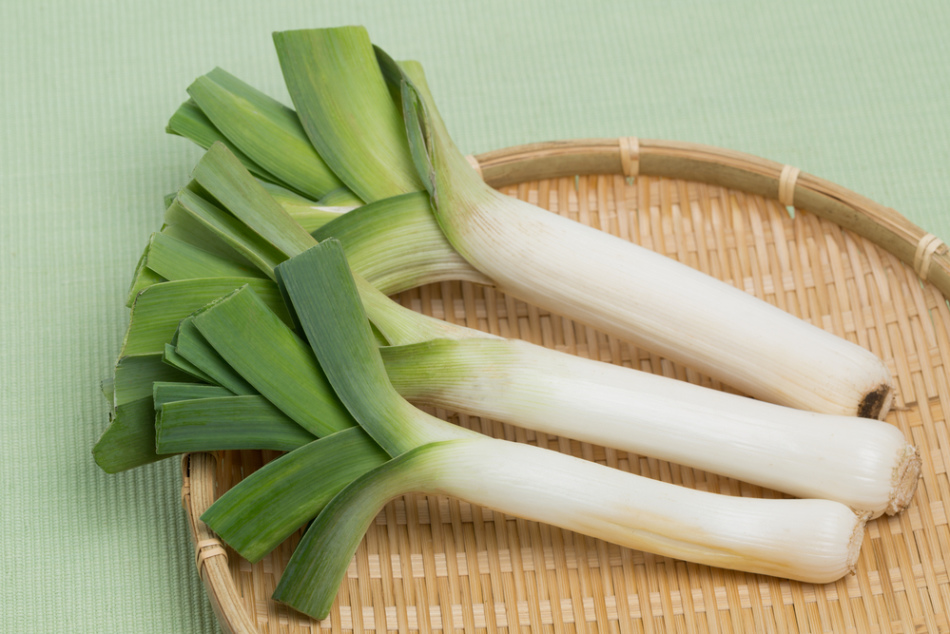
Cleaning onions, depending on the varietal characteristics:
Early or mid -early
They have the most meek ripening period for about 90 days, but some representatives reach 130 days. Harvesting falls in August - September. The leg grows a maximum of 40-50 cm. This variety is more suitable for seasonal use or summer processing. The most famous varieties:
- Columbus. An excellent variety of Dutch selection, which does not need to be twisted at all. The height of the plant reaches only 70-80 cm, and the leg-up to 20 cm and about 6 cm in diameter.
- Vesta. The onion of the domestic manufacturer, which is distinguished by a slightly sweet taste. It grows up to 1.5 m in height, but the leg is slightly larger than the “Dutchman” - 30 cm. This variety is preferable to grow a seedling method, especially in regions with a temperate climate. By the way, this variety requires 120 days to ripen after sowing.
- Elephant's trunk. The eloquent name, but it does not answer for the length of the stem. It reaches 30 cm provided, timely twisting per season.
Middle thieves
His leg is already more massive-about 4-8 cm in thickness and up to 20-40 cm in height. It differs with leaves. They are painted in blue - green flavor and covered with a waxy coating. The seedlings ripen 150-160 days after planting. The winter is perfectly tolerated. The root must be filled with peat and sand, and the next year it will give seeds. You can store such onions up to 3 months.
- Casimir - The domestic variety, the leg of which reaches 30 cm, and the leaves are located almost in an upright position. He is picky in moisture and prefers propagation with seedlings.
- Winner. Although the variety does not stand out its size (leg only 20 cm), but it is resistant to frost. Even to the harsh winters, which made it popular even in the northern regions. The leaves are painted green with a gray tint and with a small blue coating.
- Elephant. It grows with a breaks of up to 1.5 m, but the leg reaches only 20-25 cm and then, thanks to twisting. Although it is quite large in diameter-5-7 cm. Loves a seedling version of reproduction and becomes ready for cleaning in 130 days.
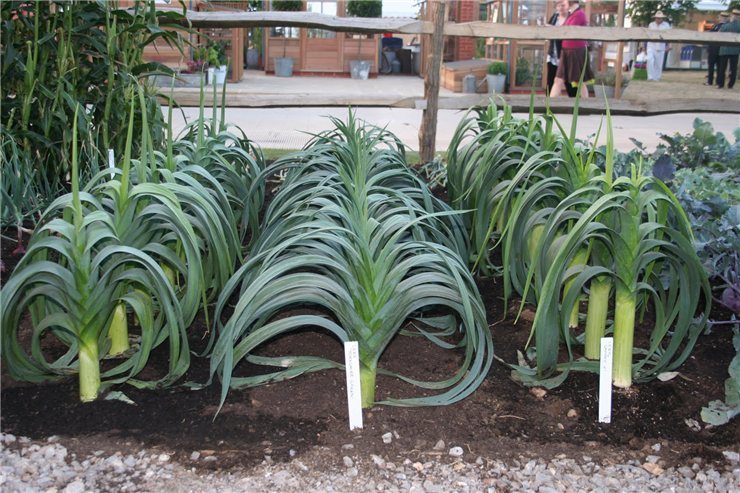
Late -ripening and mid -bands onion
Although such a collapse is highlighted by great frost resistance, but in the winter regions, for example, in Siberia or in the Urals, it does not have time to ripen. Indeed, in them the brainless period covers only 150 days, but onions need at least 180, and sometimes even 200 days.
- Alligator. A clear representative of a late -ripening variety with a low but thick leg. Its outstanding feature is a delicate taste and light garlic aroma.
- Karantan. The plant is up to 1 m in height, with a large stem (up to 300 g). It matures 200 days after sowing, so even in the southern regions it is advisable to plant it in early spring in the form of seedlings for 70 days.
- Bandit. The Dutch variety of pores, which has dark green leaves with a small blue tint. The leg is massive enough, but short. In regions with a mild climate, it transfers wintering calmly.
- Autumn giant. The name is justified by the appearance. The leg grows to 40-50 cm, and in diameter it can reach 8-9 cm. By the way, this variety is still highlighted by a great ability to lie for a long time during storage.
Some nuances that should be considered before harvesting:
- Be sure to look at the ripening period of the variety. But the most important thing - the leaves of the pore should not have time to turn yellow or, even worse, to fade or dry.
- The fact that summer was also taken into account. If the plant received in the required amount of moisture, light and heat throughout the summer (that is, sunny days were replaced by rains), then you need to harvest 1-2 weeks earlier.
- Consider the humidity level. Yes, the bulb is on the surface of the earth. And even a powerful root will not reach deep water reserves. Therefore, follow regular watering or irrigation. But, when the rains constantly go, the bulbs are a lot in wet ground, then you need to engage in digging and drying. Otherwise, they will simply rot.
- This item is more related to landing and growth, but onions do not tolerate heavy, sour or salted soils. Previously, they need to be processed and the necessary minerals. Otherwise, the tears will not grow or disappears even before the harvest period.
Important! Onions can be removed before the first frosts. It tolerates cold to -7 ° C well. But this is only if the frosts came unexpectedly. The permissible minimum temperature for collecting a lot is -5 ° C.

The geographical location of the region matters. Arm yourself with such a pattern - the colder the climate, the faster the breaks should ripen. He, in principle, matures a little longer than another, such as onions. Therefore, the seeds must first be planted with seedlings or to transplant the bow to the greenhouse before the cold. Especially this applies to cold and northern regions. In this area, late -ripening varieties are contraindicated and even mid -ripening are undesirable.
The middle strip of Russia and the Moscow Region
- In this area, a softer and warm climate, therefore, has to be harvested earlier. On average, this period falls on 2-4 weeks of September. But remember that the weather conditions are contributing to the summer.
- If the summer turned out to be hot and dry, then the harvest is transferred to the first half of the month, because the bow will rush much faster. And from the scorching sun, feathers can simply burn.
- If the summer is cloudy and rainy, then it is worth postponing the cleaning at the beginning of October or even the middle of the month. The main thing is that you need to dig the throats before the start of the rainy period.
Northwest regions and Siberia
- In these regions, cleaning falls at about the same time - this is the end of September - the beginning or even mid -October (depending on the variety). Later the middle of the second month of autumn, the onion should not be collected. In the future, the rainy period will begin, after which the breaks will not dare, but only rot.
- Luke himself makes it possible to know about his readiness - see the condition of the leaves. If at the edges they already begin to dry or yellow, then the crop can be harvested 2-3 weeks earlier. That is, in early autumn.
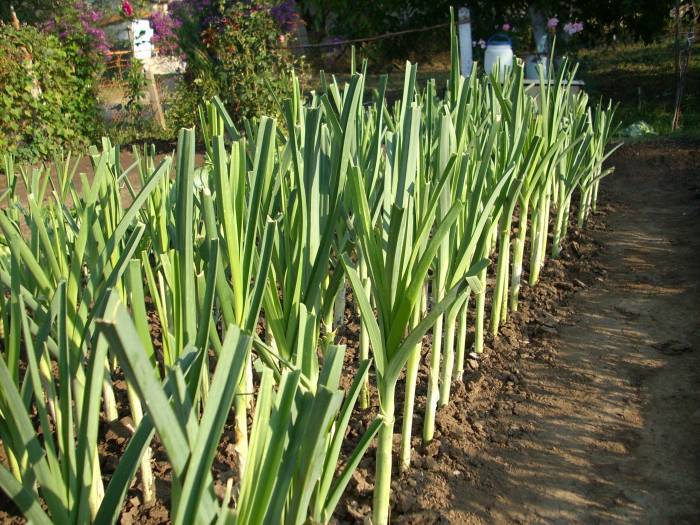
Ural
- A lot depends on what latitude you are in. But the right time is the 20th of the second autumn month.
- Again, a cool and wet summer promises a late harvest, in the last days of October. But dry and dry weather will create conditions for cleaning onion 1-2 weeks ahead of schedule.
On a note! The external signs of onions are the first signal that it is time to dig it. But experienced gardeners still resort to the help of the lunar calendar. You do not need to independently calculate favorable days, just buy the right calendar. And remember, you need to clean the bow on the full moon. It is during this period that he draws the greatest nutritional value from the land. By the way, in this case it is stored longer.
How to properly dig onions for the winter for storage: Tips
The tears cannot be called too whimsical in terms of growth or storage, moreover, this onion is intended for a long winter sabotage and even the frost will suffer well in open ground. Yes, for this it must be properly enveloped in. But this process is not heavier than preparation, for example, strawberries. And yet, the tears are slightly inferior in popularity on onion and garlic, although his beneficial properties are no worse.
- Onion cleaning is carried out only in sunny weather. If, according to the forecast, protracted rains promise that will spoil your plans, then bend the feathers a little to the ground. Thus, they will cease to be fed and quickly begin to dry.
Important! In no case do not cut the feathers of the hollow. This is its main value. Moreover, such a procedure will not accelerate the ripening of onions, but only infects the plant. And adverse bacteria and microorganisms provoke rapid rotting of the fetus.
- If the soil is loose and not overdried, then the onion will simply be pulled out of the ground. But often the soil holds the onion tightly, which leads to a rupture of the legs and stem. Therefore, arm yourself with a pitchfork.
Important! Do not use a shovel. You do not know the length of the bulb. The shovel can cut it off or damage it, which will reduce storage time.
- If you have several onions, then cleaning will take only one day. But with large plantings, remember - you need to collect the entire breaks for 10 days. The last bulbs will be more moist, and this will provoke the rotting of the whole batch.
- Be sure to remove the breasts of the earth, if any. But do not hit the bow on the ground or another object. The integrity of the bulb may be violated, and the turgor will be lost. Gently remove the excess manually.
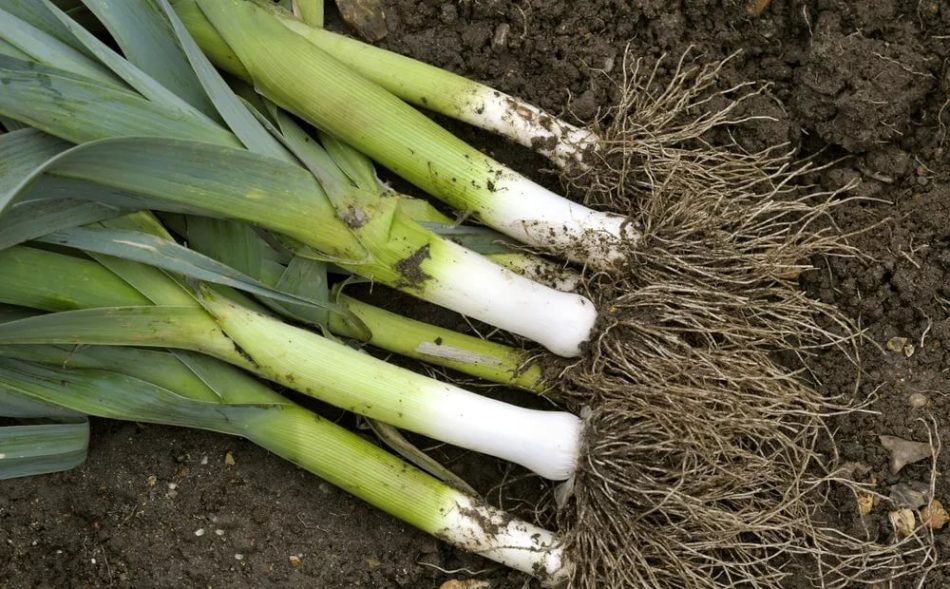
- The next step will be drying, which takes about 2 weeks. You can leave the crop in the garden, spreading evenly a layer of pare.
- In order for the onion not to be attacked by pests and parasites, it is better to lay it out on polyethylene, which is previously covered with old blankets or bedspreads.
- In rainy weather, onions are transferred to a closed but well -ventilated room. In raw or cloudy weather, the drying period increases by another 1 week.
On a note! The oven can help out. It will accelerate the process and cope with a large volume of onions, and help out in case of rain. Especially if the bow had to be diverted from raw land. Heat the oven to 50° С, lay out one layer of fishing and leave to "reach" for 7-8 hours.
- Before sending to the prepared room, the onion is necessarily sorted out and looked after its condition. Rotten or damaged bulbs are discarded, so as not to spoil the entire party.
A few secrets about storage of onions:
- As a container, you can use cardboard or wooden boxes, or make small racks. The main thing is that you do not use polyethylene or plastic for its storage! In it, the plant does not breathe, so it is quickly prohibited and deteriorate.
Important! Fern will help to extend the shelf life of the pare. Therefore, place several leaves in a box with onions.
- You need to lay out the tears with one layer. Then sprinkle with sand and lay out another layer. You should not do more than two tiers, it is better to take an additional container.
- Be sure to think through ventilation. In the boxes, pre -make holes, select the drawers only with the grooves between the boards, and the room itself should “breathe”.
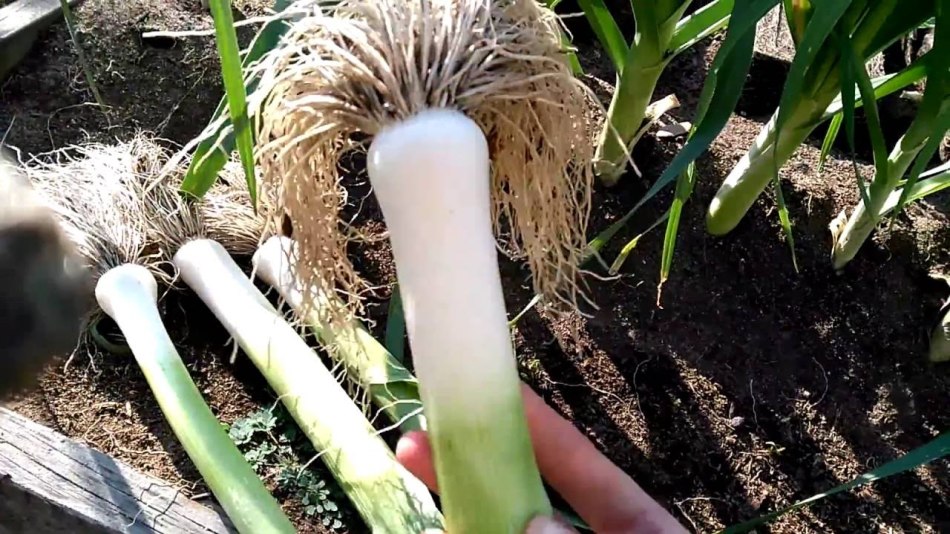
- The place should be dark and cool, so the cellar or basement will be the perfect option. You can also use a barn, a glazed balcony. In the apartment, unfortunately, the tears will not be able to be stored for a long time.
- The temperature of the room should be within -5 -+5 ° C. With a humidity of 60-80%.
- And do not forget to check the crop once every 1-2 weeks to remove the rotten or spoiled bulbs in time.







